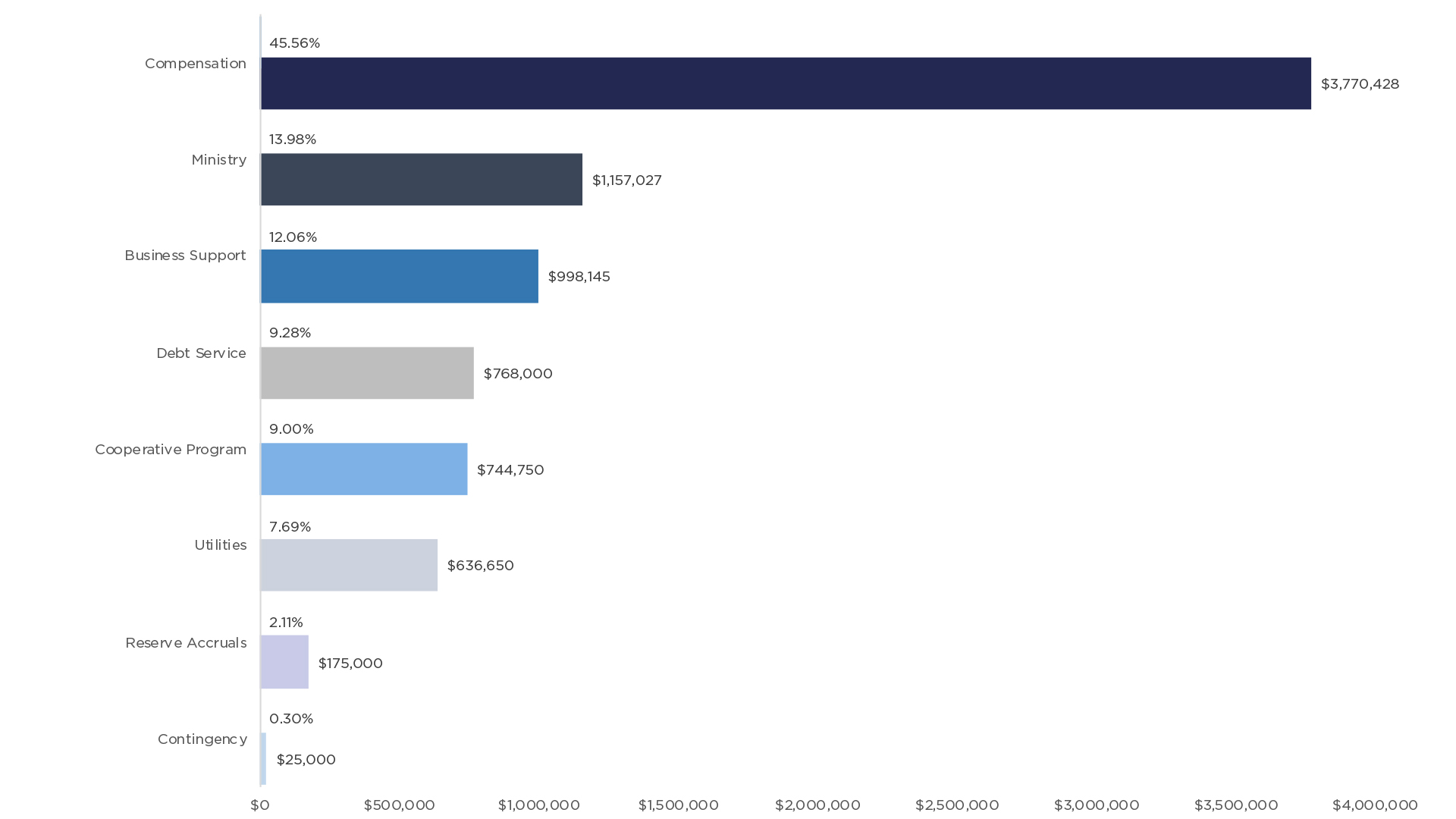

For the fiscal year 2022/23, the OBR forecast CPI inflation to average 8.0%, more than double its previous forecast of 3.7%. In forecasts published 23 March 2022, the Office for Budget Responsibility (OBR) forecast CPI inflation to peak at 8.7% in Q4 2022 and be above 7% in each quarter from Q2 2022 to Q1 2023. In an updated mid-June forecast, the Bank said it expected CPI inflation to rise to slightly above 11% in October. The Bank forecast inflation to remain above 9% up to and including Q1 2023, before easing to 3.6% by end-2023 and then below its 2% target during 2024. On 5 May, the Bank of England forecasted inflation to peak “at slightly over 10% in 2022 Q4, which would be the highest rate since 1982”. Since Russia invaded Ukraine, economic forecasters have raised their expectations for consumer price inflation, not just in the near term but that it will be higher for longer. The inflation rate had been expected to ease somewhat during 2022. In early February 2022, the Bank of England was forecasting the CPI inflation rate to peak at 7.25% in April 2022. Inflation forecasts raised after invasion of Ukraine In June 2022, the OECD (Organisation for Economic Co-operation and Development) reported the UK’s annual inflation rate of 9.4% was higher than in some comparable economies such as France (6.5%), Germany (8.2%) and the Eurozone average (8.6%). More recently, the conflict in Ukraine is leading to higher commodity prices, which is also pushing up inflation around the world. As the global economy recovers from its recession, there has been increased demand for products – especially consumer goods – and materials. Pandemic-related supply shortages are a main factor. Rising inflation around the worldĬonsumer price inflation has been rising in many countries since 2021. These products have become more expensive on international markets, leading to increases in food and materials prices in the UK. Russia and Ukraine are also large producers and exporters of agricultural products, such as wheat, and some metals. The latest Cornwall Insight forecast is that the energy price cap will increase by a further 65% to around £3,245 in October. After rising following the invasion, gas prices on international markets have fallen steadily, while oil prices have remained high.Īs a result, road fuel prices in the UK have increased and energy bills are expected to rise in the future (for businesses, as well as households). For the UK, a key economic effect of the conflict is higher energy prices. The regulator Ofgem announced the cap would increase from its current equivalent annual level of £1,277 per year to £1,971 a 54% increase.Īs well as the military, political and humanitarian impact of Russia’s invasion of Ukraine, there are implications for the world economy. On 1 April 2022 the new price cap came into force. This was due in part to a return of global gas demand as pandemic restrictions were lifted and lower than normal production of natural gas.

From June 2021 to June 2022, domestic gas prices increased by 95% and domestic electricity prices by 54%.
#Cost of living increase 2021 driver#
Increases in the costs of consumer goods, underpinned by strong demand from consumers and supply chain bottlenecks, have been one factor behind rising inflation.Īnother important driver of inflation is energy prices, with household energy tariffs increasing and petrol costs going up. Consumer goods and energy prices pushing inflation higherĬonsumer prices, as measured by the Consumer Prices Index (CPI), were 9.4% higher in June 2022 than a year before. The annual rate of inflation was the highest it has been since 1982 in June 2022, affecting the affordability of goods and services for households. The cost of living has been increasing across the UK since early 2021.


 0 kommentar(er)
0 kommentar(er)
